
The Victorian gents who discovered Wasdale only went there so's to practice for the Alps. Nape's Needle, Pillar Rock, the gullies of Scafell; these were a convenient climbing wall, a place to keep fresh for the real mountains, the one's you'd be off to the moment University broke up for the summer.
And of course, they were quite right about that. The Lake District is trivial; Everest is too big and also too boring; the Platonic ideal of a mountain is the Matterhorn. And any proper mountain day involves a high-altitude mountain hut; a glacier done in the dark; and a ridgeline that swoops between a sharp and soaring snow crest and towers of clean, sun-warmed rock.
Given the current lockdown, it's the closest you'll get to crouching under a powder avalanche, in a storm, on the North Face of the Eiger
The tick-list for all this, for those who need a ticklist, is the Alpine 4000m peaks. Eighty-two of them, and not one of them boring, not even the Breithorn.
But for people who can really climb, the list is shorter, sweeter, and somewhat alarming. It's the ticklist that's even quicker to count than the Himalayan 8000-ers. It's the six great north faces: the Petit Dru, the Grandes Jorasses, the Cima Grande di Laveredo; Piz Badile, Matterhorn and the Eiger.
Starlight and Storm – Étoiles et Tempêtes – is the book these six great climbs deserve.
If you want to know how many pegs Joe Brown put in Cenotaph Corner, or what Bonington had for breakfast on Annapurna, then yes, there are books about that. If you want to know what it's actually like to bivvy on a ledge high on the Walker Spur, with a storm coming in – and if you want to go far beyond that, and be carried away by the power of words and share the intoxicated joy of that man on that ledge with the snow down the back of his neck – well, the man is Gaston. And his book is called 'Étoiles et Tempêtes'.
Rébuffat grew up on the back streets of Marseilles, and hit the mountains immediately after World War 2. He was one of the first outsiders to be accepted into the Compagnie des Guides at Chamonix. Indeed, he climbed all six of the north faces as a guide, with paying clients who wouldn't otherwise have been able to do them. He was one of the four-man team that climbed Annapurna in 1950. Returning still with all his fingers and toes, he didn't want to do any more of that: climbing rock and ice routes around Mont Blanc was what life was all about.
And 'Starlight and Storm' is the translation Rébuffat deserved… Wilf Noyce was, like Rébuffat, a Himalayan climber who returned with all his fingers – in his case from the successful Everest expedition of 1953. He was a fine rock climber, and a poet in his own right: his Everest book is better than the official one. Sir John Hunt was the leader of that Everest expedition. I suspect (without any grounds) that Hunt lent his famous name to the English translation, as well as the introduction, while Noyce did the agile fingerwork with the typewriter.

So if you read French, get hold of 'Etoiles et Tempêtes'. If you don't, then order in 'Starlight and Storm'. Given the current lockdown, it's the closest you'll get to crouching under a powder avalanche, in a storm, on the North Face of the Eiger.
- Mountain Literature Classics: Of Walking in Ice by Werner Herzog 15 Feb
- Mountain Literature Classics: South Col by Wilfrid Noyce 9 Jan
- My Favourite Map: Geology Plus Glaciers 11 Dec, 2023
- Mountain Literature Classics: Free Solo with Alex Honnold 29 Nov, 2023
- Mountain Literature Classics: That Untravelled World by Eric Shipton 3 Aug, 2023
- Mountain Literature Classics: Sir Gawain and the Green Knight 4 May, 2023
- Mountain Literature Classics: Menlove 9 Mar, 2023
- Mini Guide: The Cheviots 27 Feb, 2023
- Mountain Literature Classics: Basho - Narrow Road to the Deep North 12 Jan, 2023
- Mountain Literature Classics: Conquistadors of the Useless by Lionel Terray 17 Nov, 2022

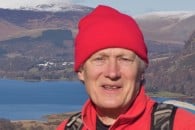

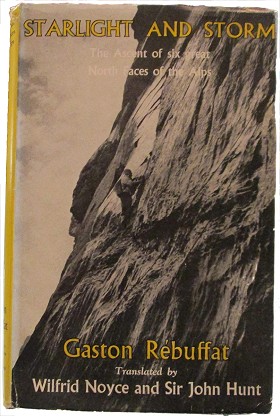
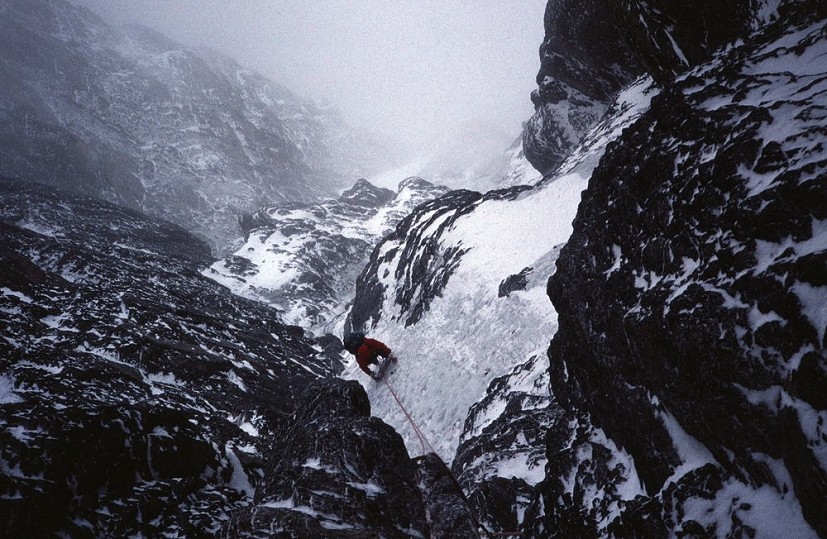



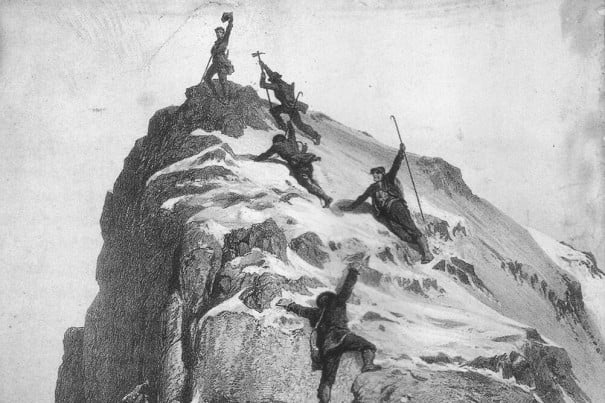

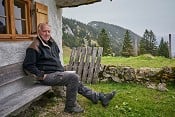
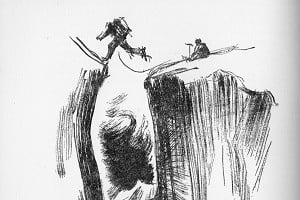

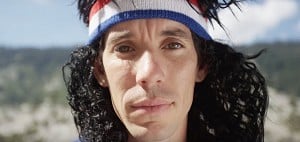

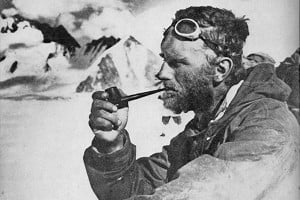

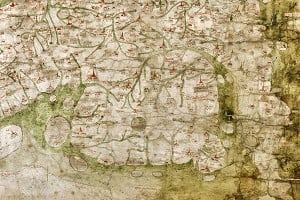
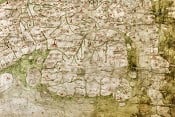

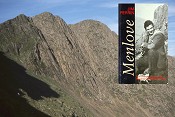
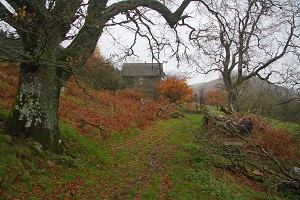
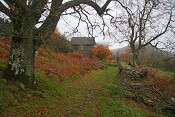
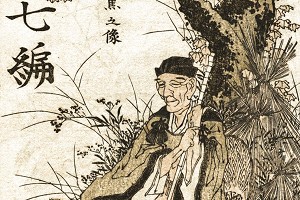
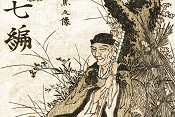
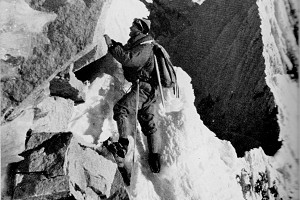
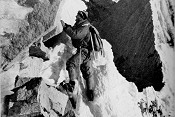
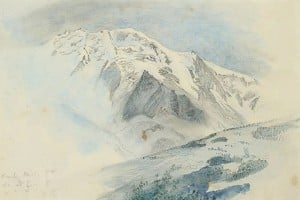
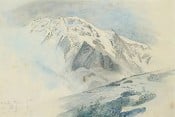
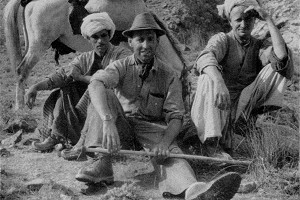
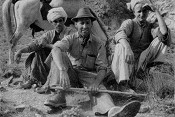
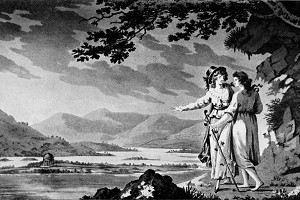
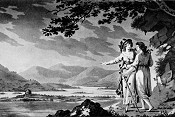
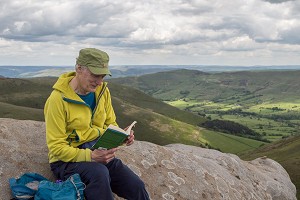
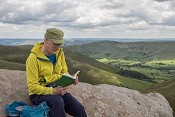
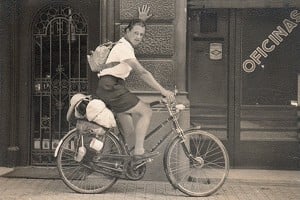
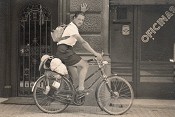
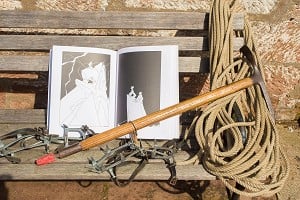

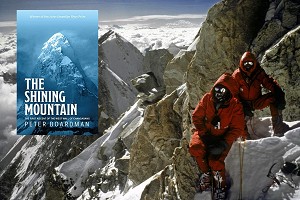



Comments
The very first climbing book I ever bought. The Eiger chapter is especially good reading!
I re-read this recently for the first time in many years after finding a copy in our local library, one of the great mountaineering classics
I'm going to have to dig out my copy now.
Gaston - when I started climbing it was fashionable in the UK to make fun of him - Gasping Rubberface - but I'm still in awe, and his books still inspire. If you want to see another side of the man read David Roberts, True Summit.
Climbing (not so) Trivia fact: I *think* the first Brit to climb all 6 was Derby climber Robin Sedgewick (who was also the first climber to climb all the offshore routes in Hard Rock!)